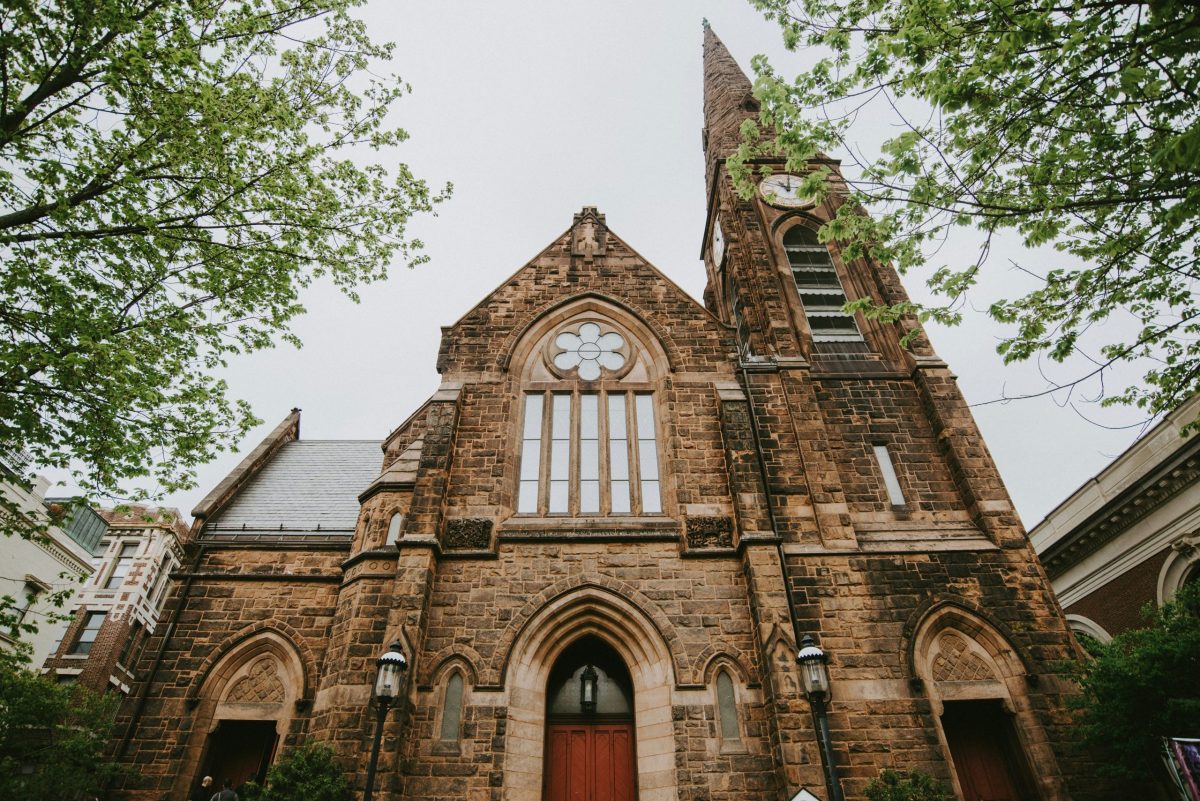St Benedict Joseph Labre 18th Century French Priest
St Benedict Joseph Labre was born on March 26, 1748, and he died on April 16, 1783. He was a French Franciscan tertiary and Catholic saint. St Benedict Joseph Labre was from a wealthy and large family near Arras, France. He unsuccessfully tried a monastic lifestyle, and he opted instead for the life of a pilgrim. He traveled to see most of the major shrines of Europe, subsisting by begging. St Benedict Joseph Labre is the patron saint of the homeless. His confessor, Marconi, wrote his biography, which is how we know about him, and attributed 136 cures to his intercession within three months of his death. That is amazing. Have you heard of him?
St Benedict Joseph Labre Biography

St Benedict Joseph Labre was born on March 26, 1748, in the village of Amettes, France. He was the oldest of fifteen children. Being from a large family may have helped him. He had an uncle, a parish priest, living some distance from his family home, who received Labre and undertook his early education for the priesthood. When he was 16, he approached his uncle about becoming a Trappist monk, but was rebuffed by his parents, who wanted him to wait until he was older to do so.
When he was about 18, an epidemic struck the city, and both St Benedict Joseph Labre and his uncle worked to serve the sick. While his uncle took care of the souls and bodies of the people, Labre cared for the city’s cattle. Among the last victims of the epidemic was Labre’s uncle. After the epidemic, he travelled to La Trappe Abbey to apply to the Trappist Order, but was refused because he was underage, too delicate, and had no special recommendations.
St Benedict Joseph Labre later attempted to join both the Carthusians and Cistercians, but each order rejected him as unsuitable for communal life. In November 1769, he was admitted to the Cistercian Abbey of Sept-Fonts. After a short stay there, his health declined, and it was decided that his vocation lay elsewhere. It is common among saints that poor health negatively affects them.
St Benedict Joseph Labre, according to tradition, was spken to by God and inspired by the example of Alexius of Rome and that of the Franciscan tertiary pilgrim, Saint Roch, to, as he said, “abandon his country, his parents, and whatever is flattering in the world to lead a new sort of life, a life most painful, most penitential, not in a wilderness nor in a cloister, but in the midst of the world, devoutly visiting as a pilgrim the famous places of Christian devotion.”
St Benedict Joseph Labre joined the Third Order of Saint Francis and settled on a life of poverty and pilgrimage. He first walked to Rome, eating only what he could get by begging. He then traveled to most of the major shrines of Europe, often several times each. He visited the various shrines in Loreto, Assisi, Naples, and Bari in Italy, Einsiedeln in Switzerland, Paray-le-Monial in France, and Santiago de Compostela in Spain.
During these trips, St Benedict Joseph Labre would always travel on foot, sleeping in the open or in a corner of a room, with his clothes muddy and ragged. He would often swoon when contemplating the crown of thorns, in particular, and, during these states, it is said he would levitate or bilocate. He was also said to have cured some of the other homeless people he met and to have multiplied bread for them.
In the last years of his life, he lived in Rome, for a time living in the ruins of the Colosseum, and would leave only to make a yearly pilgrimage to the shrine of Our Lady of Loreto. The day before he died, he collapsed on the steps of the church of Santa Maria ai Monti, blocks from the Colosseum, and despite his protestations was charitably taken to a house behind the church at Via dei Serpenti 2. He died there of malnutrition and exhaustion on April 16, 1783, during Holy Week, and was buried in the Church of Santa Maria ai Monti.
Conclusion
St Benedict Joseph Labre shows the power of persistence as he was denied entry into three religious orders. He also shows what it is like to give everything for Christ, as he died because of malnutrition and exhaustion from his extraordinary activities in worshipping God. He is a fairly anonymous saint who should be studied. Perhaps by reading his biography.







